Gen Zers like us are familiar with the name Jeju - a place that often evokes romance and peace - thanks to watching Korean dramas many times. Our recent spontaneous trip to Jeju was memorable.
Passionate about flowers
Jeju is the largest island group in Korea, covering more than 1,800 km², accounting for about 1.8% of the country's area, with over 680,000 people. Jeju exempts entry visas for Vietnamese tourists transiting in a third country. Therefore, many people choose to fly from Hanoi or Ho Chi Minh City, transiting in Singapore to Jeju without needing a Korean visa.
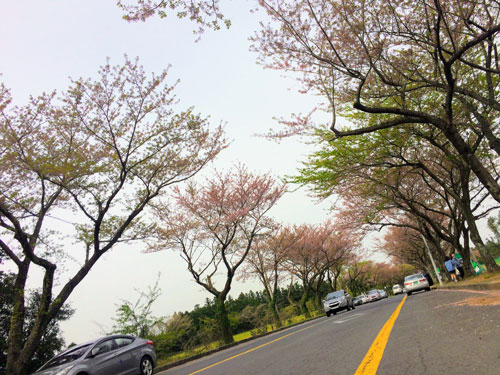
Jeonnong-ro Avenue with rows of century-old cherry trees and other cherry trees several decades old
We arrived in Jeju in early summer and couldn’t miss Jeonnong-ro, or Cherry Blossom Avenue. It’s about a 10-minute taxi ride from Jeju International Airport. You can also take buses that stop at Jeju Jungang Girls’ Middle School to get there.
Locals say that cherry blossoms on Jeju Island often bloom earlier than other places, have larger petals, and have a denser density of flowers on a tree than regular cherry blossoms. Every year, the Jeju Cherry Blossom Festival takes place at Jeonnong-ro, the entrance to Jeju National University. When the flowers are in full bloom, the 1.3 km long road is covered in bright colors of multi-layered cherry blossoms that intertwine like a beautiful dome.
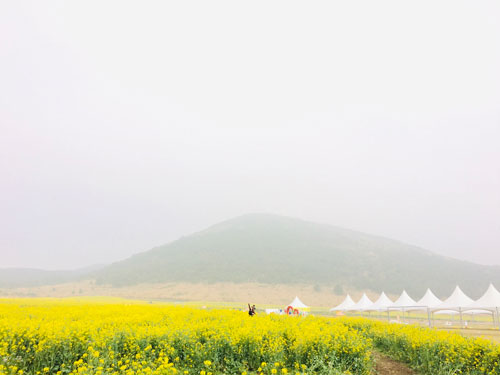
The yellow rapeseed flower fields stretch as far as the eye can see.
At night, the strings of lights running along the tree trunks are turned on. The yellow lights blend with the pink and white colors, lighting up a sparkling picture. During the festival, many outdoor activities are organized: street food, cross-country running, folk art performances, spring flower exhibitions, etc.
Jeju also has the Canola Festival. Jeju's soil is suitable for growing this crop. Canola has been grown in Jeju since the 1960s. One of the ideal flower viewing spots is the Gasiri Wind Farm in Seogwipo District. The flower field stretches for about 10 km, like a golden carpet stretching to the horizon, dotted with towering wind turbines.
Visit the "roof" of Korea
Hallansan National Park (Halla for short) is located in the middle of Jeju Island, with Hallasan volcano that has been dormant since 1007. Halla is 1,950 m above sea level, the highest mountain in Korea.
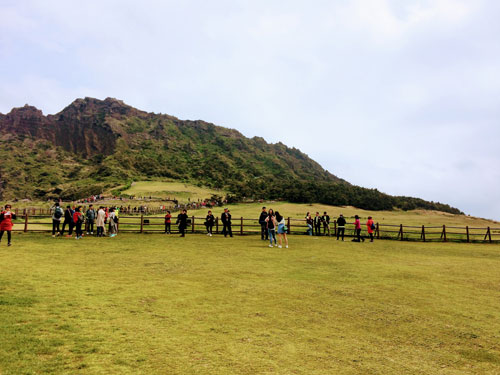
Hallasan Mountain National Park attracts many tourists. Hallasan is also known as Yeongjusan Mountain, which means: “the mountain that touches the galaxy”.
A large lake called Baekrokdam is formed on the top of the volcano. Locals and tourists love to climb the mountain. The slopes are gentle; the park has many paths with safe corridors so that people can easily follow the mountainside to the top for sightseeing.
Thanks to its majestic natural landscape and rare biodiversity formed by volcanic eruptions, this place has been recognized by UNESCO as a World Natural Heritage. Halla has gained even more attention when it became one of the settings for the hit movie "Crash Landing on You".
On this trip, when looking for the way back to the homestay, we got on the wrong bus that took us to the other side of Jeju Island. We were worried and asked a student sitting next to us. This student was Chinese and very enthusiastically called another Vietnamese student and then gave us directions. It was 11pm on the last bus. We decided to stop at a bus stop with many restaurants and motels around. The group dragged their suitcases into a barbecue restaurant that was still lit up. The owner enthusiastically brought each person a bucket of marinated meat. I have never had such a delicious Korean barbecue meal.
At 2am, we found the guesthouse and laid down on the traditional Korean heated floor, which was very comfortable. The next morning, we discovered that the "bad luck" of getting lost was a "good luck": This area is right next to the Yellow Canola Flower Festival, so we can explore freely!
Source


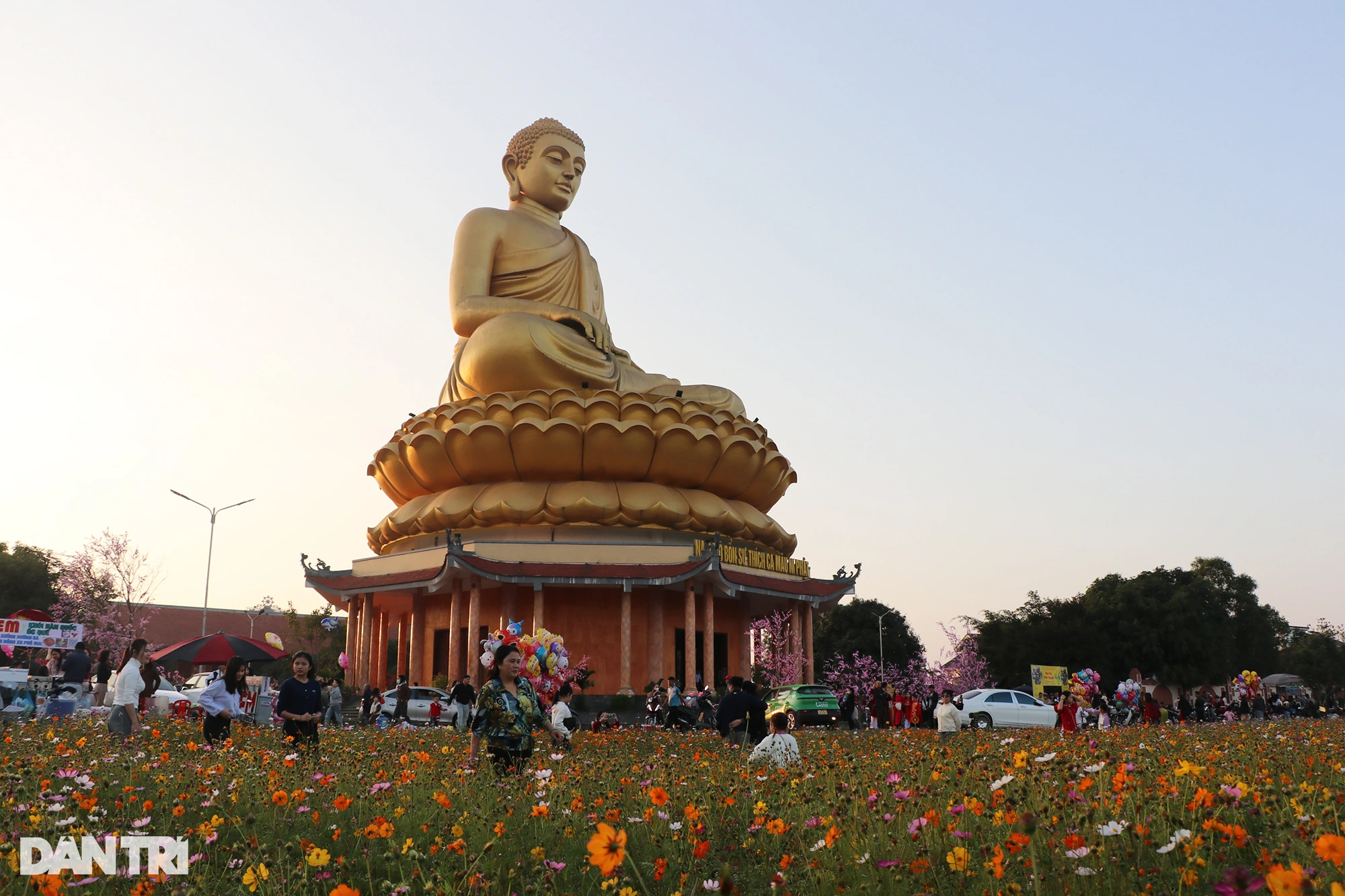



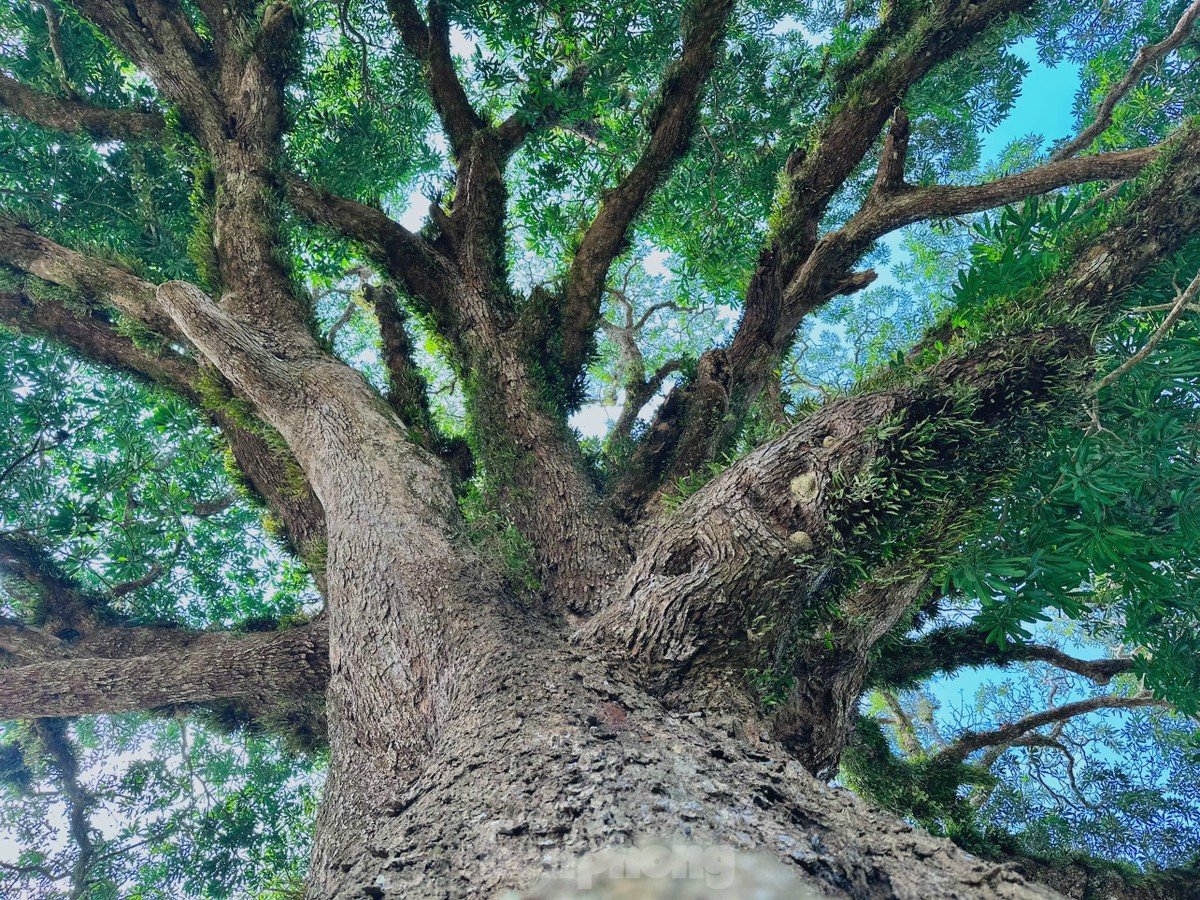















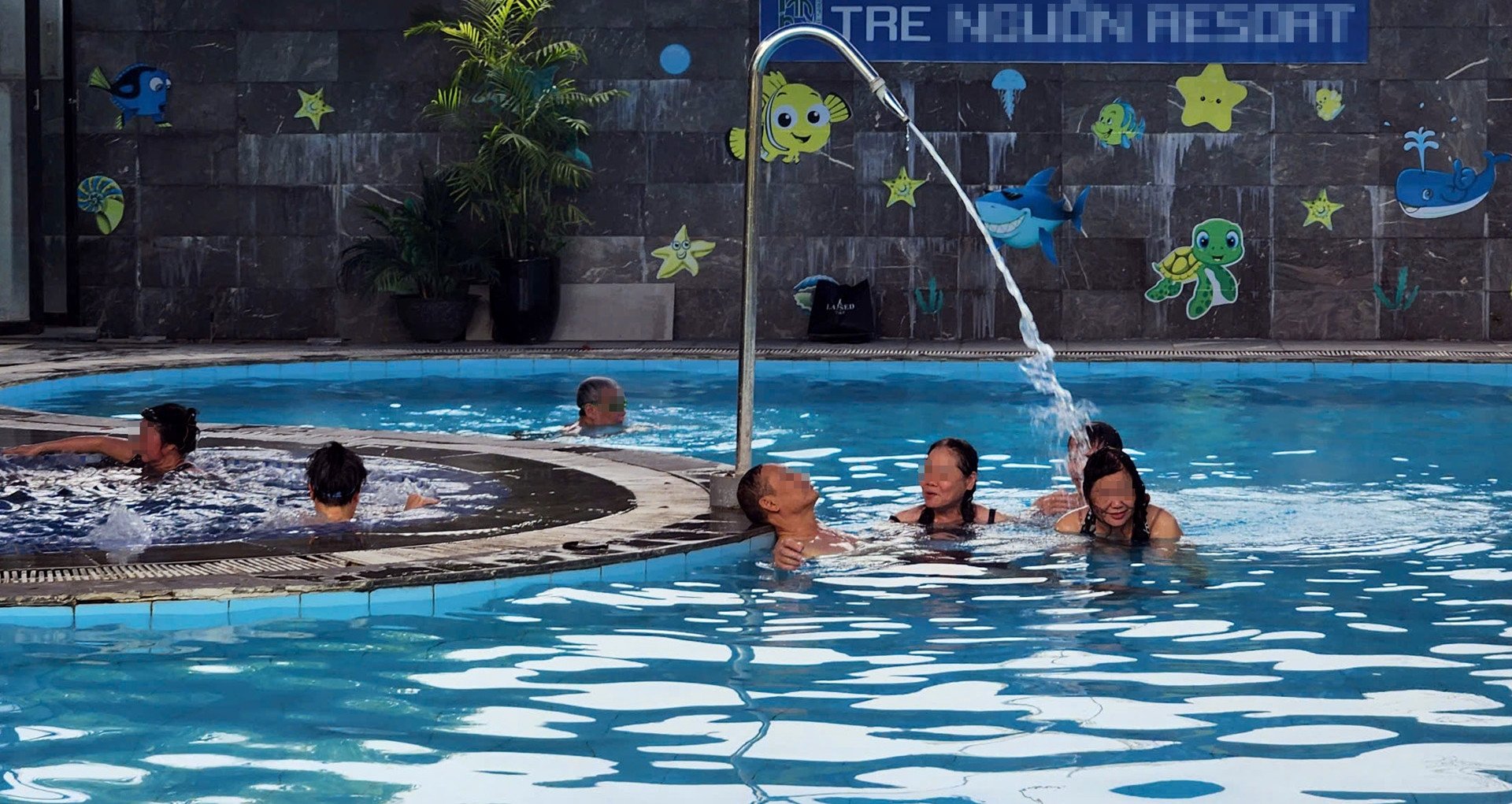

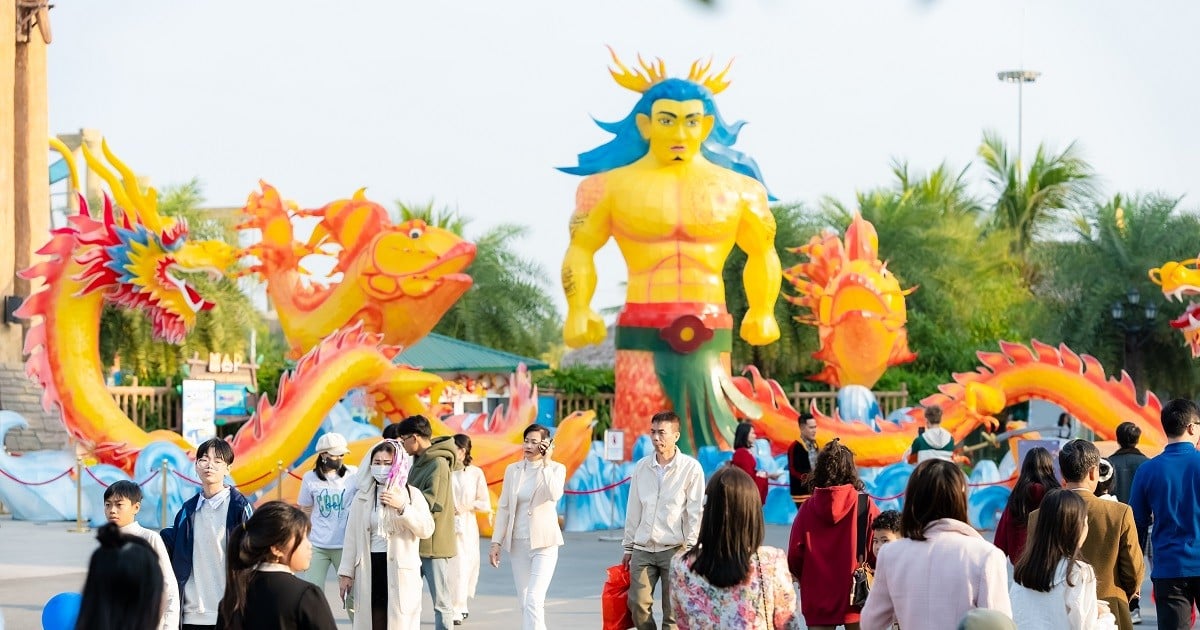

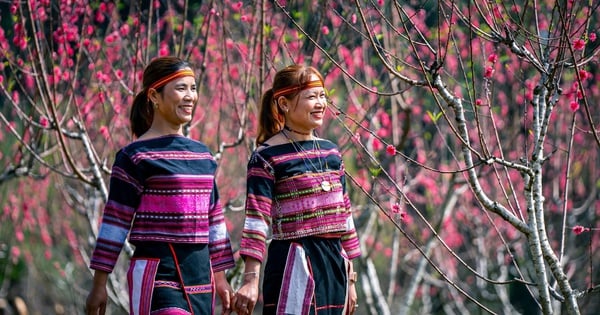


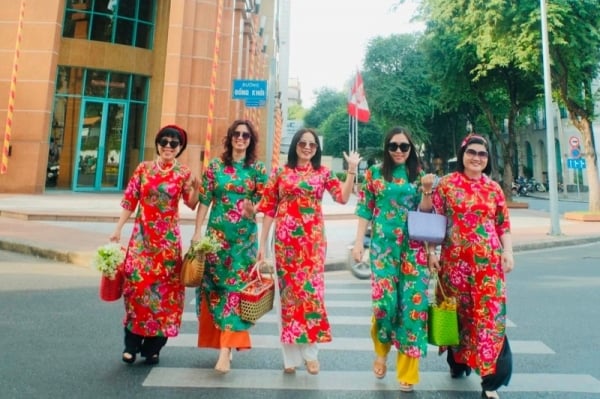


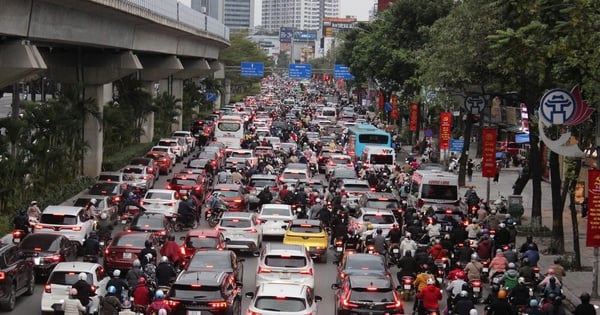
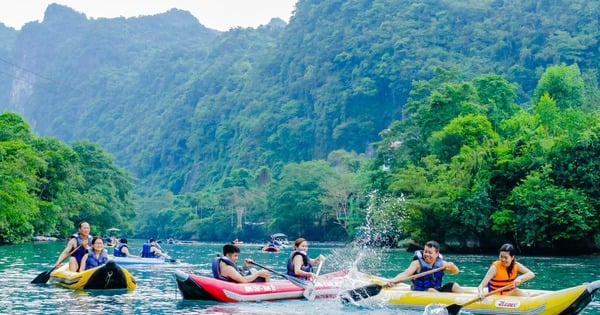
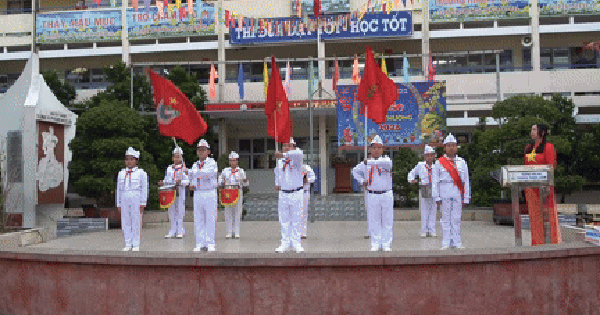
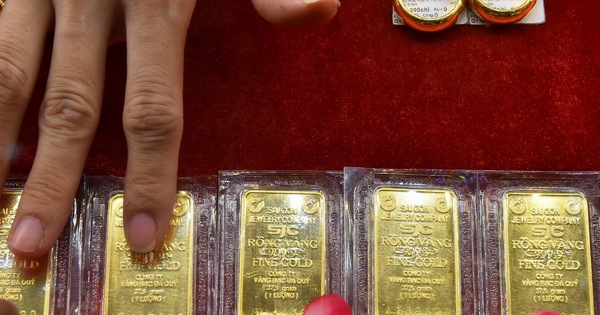

















Comment (0)